Henry Chamberlain | November 12, 2024
The big city, specifically New York City, excites the senses to no end, especially those of an artist. For Eric Drooker, a longtime street artist who rose up the ranks to become a regular contributor of cover art for The New Yorker, his muse is The Big Apple, and it has inspired him to create several groundbreaking graphic novels: Flood (1992); Blood Song (2002); and now Naked City. The title alone sums it all up well: Drooker’s primal connection to the city lays everything bare. Don’t bother with clothes for this party. Come as you are or as you’ve never come before. Drooker’s expressive pulsating line demands that kind of commitment.

Go back to Flood and you’re inundated with a relentless tempo, a beat you don’t want to ever stop, made up of one jolt after another, a wordless work in the tradition of Frans Masereel (1899-1972), made up of various forms of printmaking with an electric charge, going through everything from the onrush of city life to the high voltage intensity of sex with the right person.
A decade later, Drooker gave us Blood Song, again wordless and still dealing with cosmic issues and artistic physicality, but with the narrative a bit more pinned down in a story about redemption and trying to find it in the big city.
And now, a couple of decades later, and we get Naked City, the final volume in his City Trilogy. The narrative, the edge, has relaxed even more. We’ve lost the wordless conceit and entered a more traditional comic book format complete with digital art and word balloons from Clip Studio. More slick than edgy. Is that a good thing? What’s with all the words this time around? Why so many words when we got along so well with none?

Maybe Drooker thought about whether readers might resist his full embrace of words and pictures for this final installment of his trilogy. Maybe not. The story never falters, although I’m left wondering just how necessary some of the text is early on. That said, once protagonist Isabel is grooving on her internal monologue, it steadily won me over. She opts for “Dear Nobody” to begin each of her journal-like entries, where she wonders about leaving her small hometown to follow her dreams of becoming a singer.
Once in New York City, she wonders how she’ll make ends meet. She eventually wonders if it’s a good idea to make some extra cash as a nude model. Fortunately for her, she manages to land the most ideal gig of this kind when she crosses paths with an old gentlemanly painter. Soon after that, Isabel befriends a fellow street performer, a young woman named Alex. They become lovers. All these moments are brought to life, and delved into at a deeper level, through the text. Words do help here, like in explaining that Isabel is possibly an undocumented immigrant.
I think of the plot to Naked City as that of a Broadway show, in the very best sense. (Perhaps someday it will be adapted for the stage, complete with songs by Isabel, our struggling singer.) While the previous two wordless books were fueled by an image-driven, pantomime-like dynamic a la silent movies, this new book is, like the talkies that changed cinema, very text-driven. With Drooker, we get the best of both worlds – characters and scenes that can hold their own sans words but with the added benefit of all these bits of information and dialogue. It's great to follow along and see these characters figure things out, whether it’s Isabel holding a torch for Alex, her lover who can’t be tied down; or the old painter exorcising his demons in an attempt to reach pure authenticity. Alone or together, these characters have plenty of issues to deal with. Does the intensity of city life help or hinder them in their creative pursuits? They all appear to conclude that the city is integral to the process.

Once I moved past whether or not this book should be using words, I was well into enjoying the characters philosophizing over the meaning of art and life. Having a purpose is the true theme of this book and, in many ways, the entire trilogy. Of the three books, Naked City is the most settled down, even sweet and whimsical to a point, despite the grit of the city or the characters' spirited reaction to the concrete jungle. Taking all three books in, as a whole work, I see a beautiful progression in storytelling, a growing trust in letting the reader inside the head of its cast. Naked City turns out to be every bit as monumental as its previous volumes and a worthy closer to the trilogy. Drooker is in a league all his own. There are pages after pages of sheer urban delight, gorgeously rendered architecture and exquisite interiors we might take a little bit for granted in the context of a work of this caliber and scale. There’s a wow factor here, where the art is so good that it almost makes the story inconsequential. But like a brilliant Broadway show, there is a story here that matters and adds up quite nicely. As the narrative marches onward with a majestic score in the background, the three main characters face life head on, naked and unafraid, and things end as they began, with a wordless poetic bang.



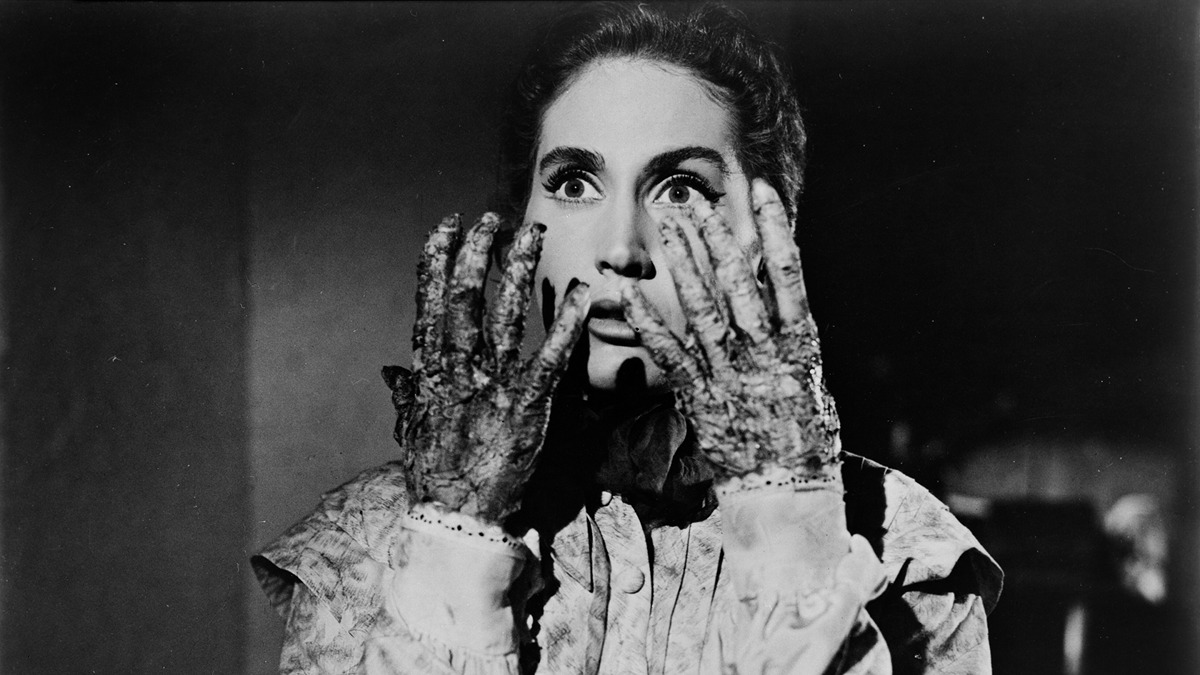
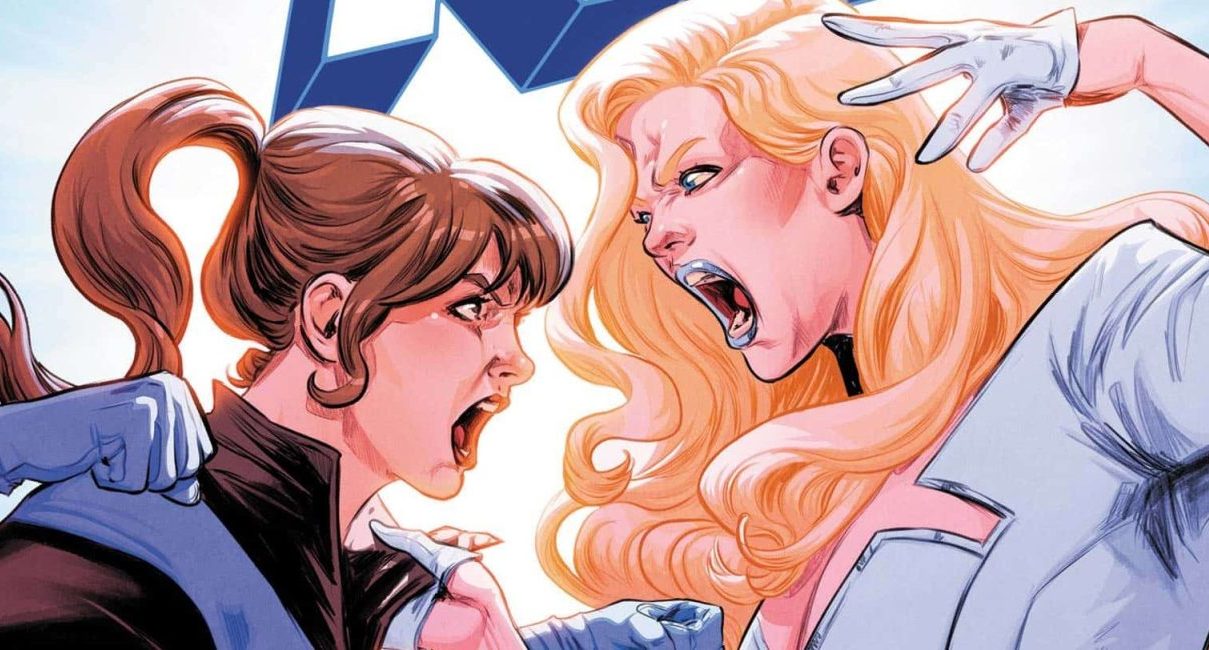
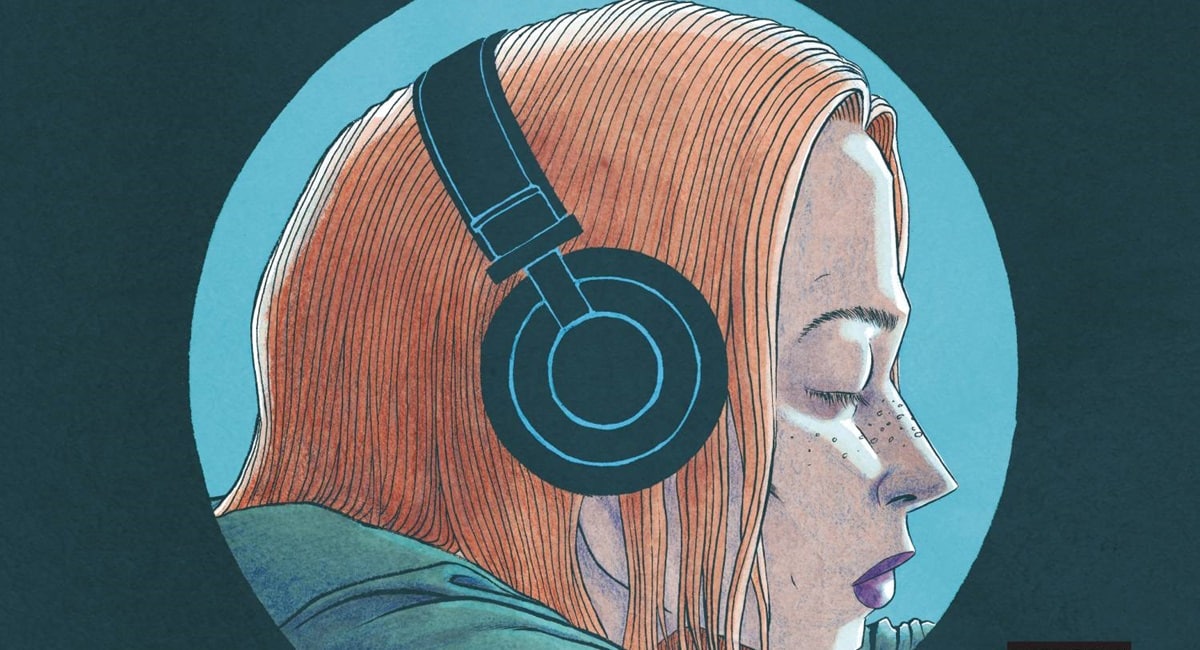
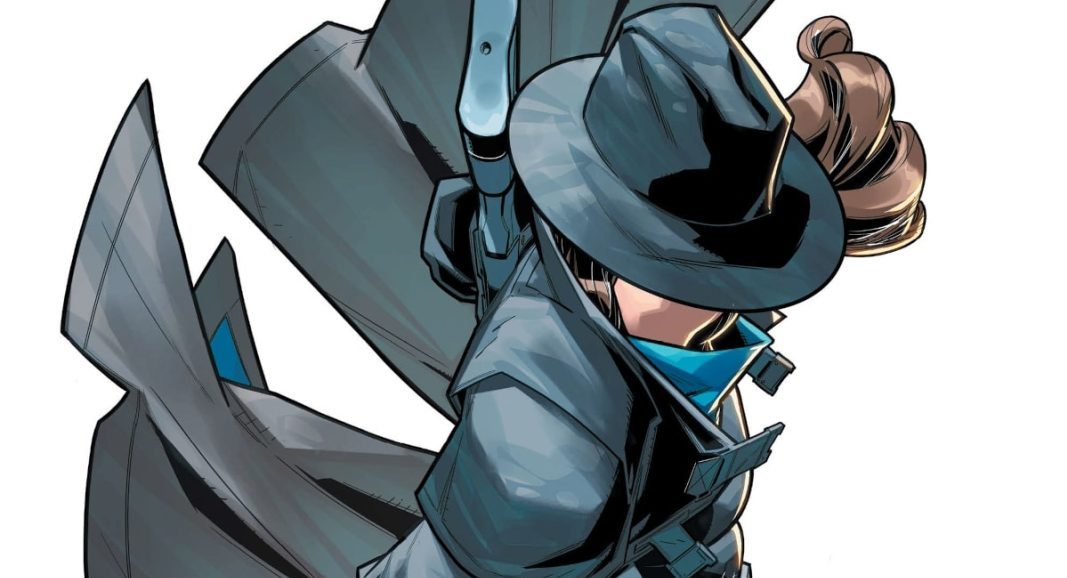
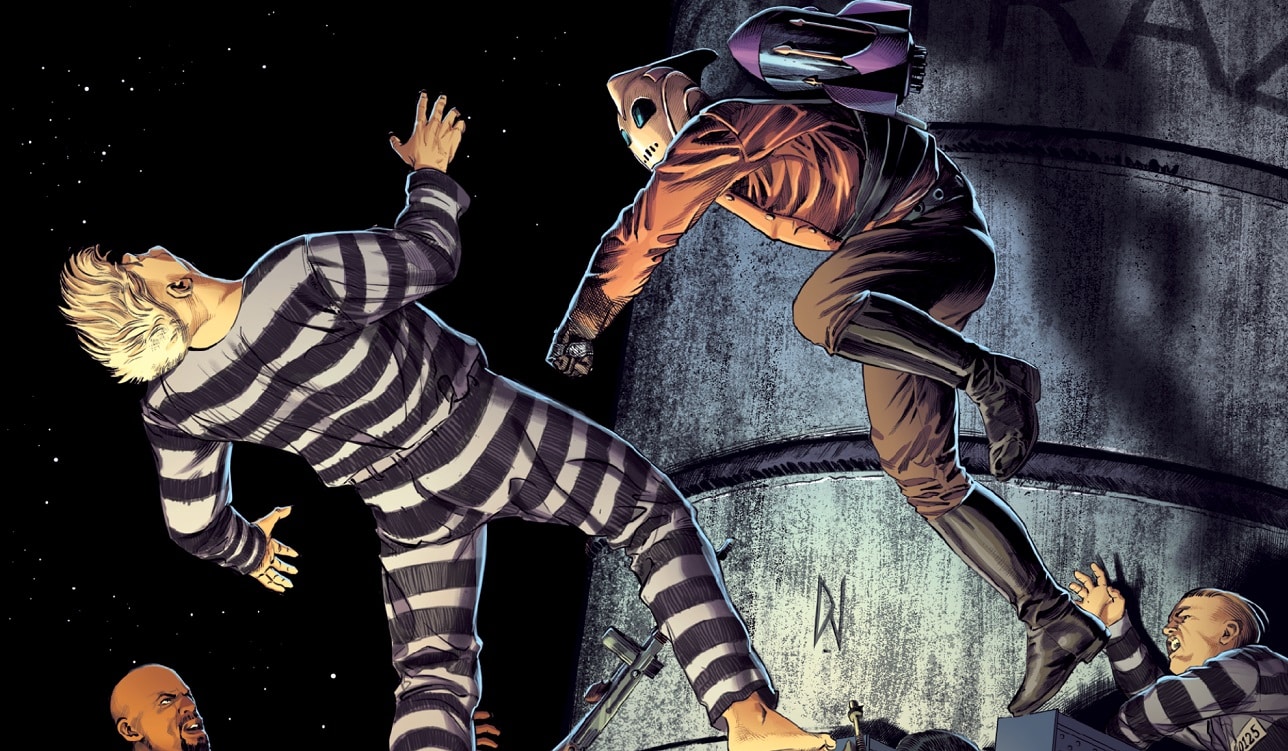












 English (US) ·
English (US) ·